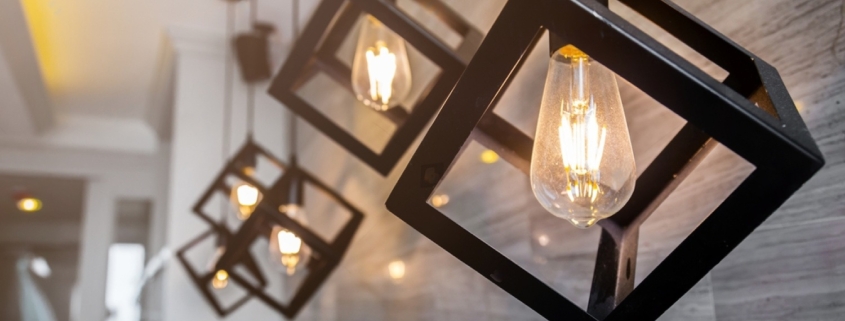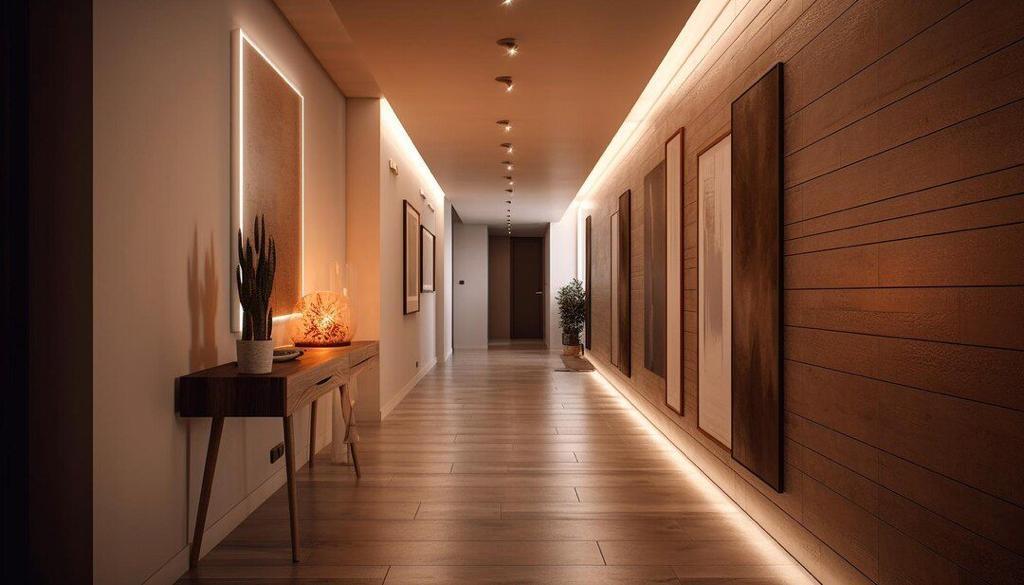The Future Unveiled: Interior Trend Forecast for 2024
As we step into the design landscape of 2024, a captivating trend is set to take centre stage, redefining the way we approach interior spaces. Let’s explore the intriguing theme that is poised to rule the world of design in the coming year.
 Embracing Biophilic Bliss: The Rise of Nature-Inspired Interiors
Embracing Biophilic Bliss: The Rise of Nature-Inspired Interiors
In 2024, a powerful and refreshing shift is underway – a return to nature within our living spaces. Biophilic design, which seamlessly integrates nature into the built environment, is set to dominate the interior scene.
1. Bringing the Outdoors In:
Say goodbye to conventional boundaries between indoor and outdoor spaces. The trend emphasizes large windows, living walls, and an abundance of greenery, fostering a connection with nature that goes beyond traditional potted plants.
2. Natural Materials Take Center Stage:
Expect a surge in the use of organic materials like wood, stone, and bamboo. These elements not only add a touch of authenticity but also contribute to a sense of well-being, grounding our interiors in the beauty of the natural world.
3. Earthy Color Palettes:
Neutral tones inspired by the earth, such as warm browns, muted greens, and soothing blues, will dominate color schemes. These hues create a calming atmosphere, mirroring the tranquillity found in outdoor spaces.
4. Biophilic Furniture and Design Elements:
Furniture designs will mirror organic shapes and forms found in nature. Expect to see curved lines, irregular patterns, and biomimicry-inspired pieces that evoke the essence of the natural world.
5. Wellness-Centric Spaces:
Beyond aesthetics, the trend focuses on creating environments that promote well-being. Incorporating elements like natural light, air purification systems, and dedicated spaces for mindfulness activities, homes will become havens of health and tranquillity.
In the dawn of 2024, the biophilic design trend invites us to reconnect with nature within the confines of our homes. As we yearn for spaces that not only look beautiful but also nurture our well-being, this trend promises to redefine the way we perceive and experience interior design. Get ready to welcome the outdoors in, as we embark on a journey of biophilic bliss in the coming year.

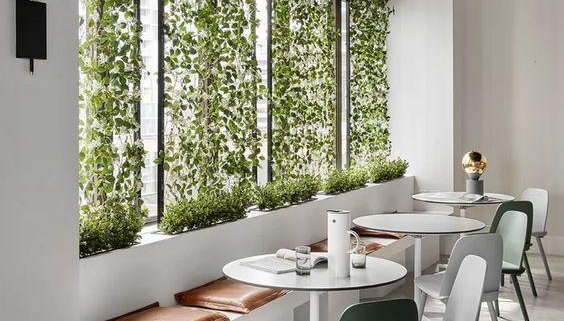

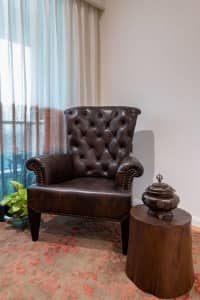 One of the key reasons behind the widespread appeal of contemporary design is its ability to create a timeless yet ever-evolving look. Neutral colour palettes, often dominated by whites, greys, and earthy tones, provide a sophisticated backdrop that allows for the easy incorporation of personal touches and pops of colour.
One of the key reasons behind the widespread appeal of contemporary design is its ability to create a timeless yet ever-evolving look. Neutral colour palettes, often dominated by whites, greys, and earthy tones, provide a sophisticated backdrop that allows for the easy incorporation of personal touches and pops of colour.
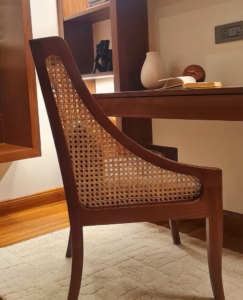 Boho Chic Vibes:
Boho Chic Vibes: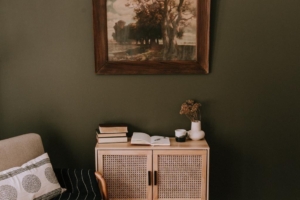 Global Fusion:
Global Fusion: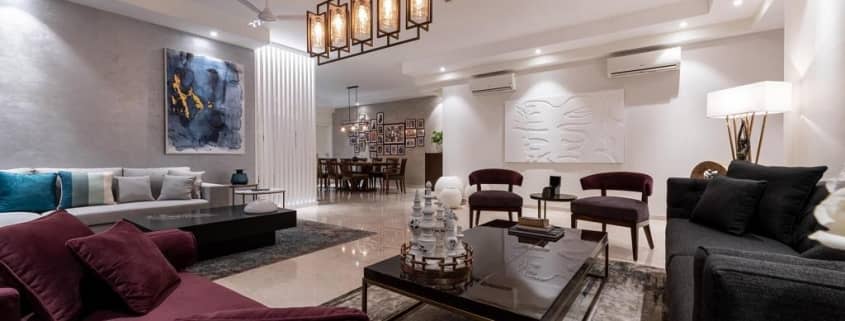
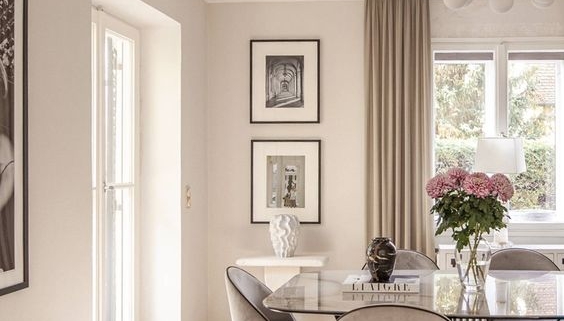
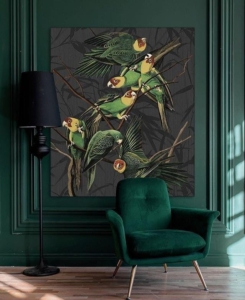 When to Use Maximalism:
When to Use Maximalism:


 In conclusion, designing an Instagram-worthy home is a mix of style, personality, and a healthy dose of humour. Don’t be afraid to break a few design rules, embrace the quirks, and let your unique personality shine through. After all, a home that makes you smile is the most Instagram-worthy of them all!
In conclusion, designing an Instagram-worthy home is a mix of style, personality, and a healthy dose of humour. Don’t be afraid to break a few design rules, embrace the quirks, and let your unique personality shine through. After all, a home that makes you smile is the most Instagram-worthy of them all!